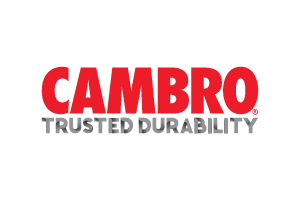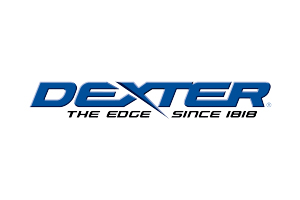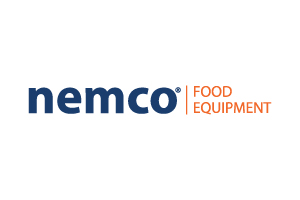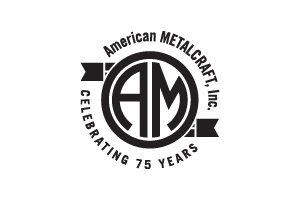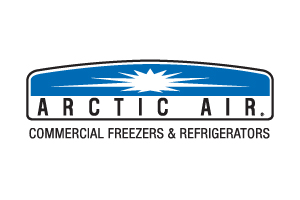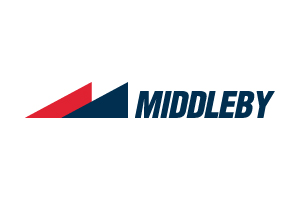Calling all Uber Eats, GrubHub, Lyft, and DoorDash drivers! Are you truly aware of the significance of insulated food carriers? Learn about the indispensable role these carriers play in preserving the quality and freshness of the meals you deliver.
Unveiling the Hidden Costs of Commercial Ice Machine Ownership
The Florida State Fair is Here! & so is Fried Food and Donut Burgers…
Revolutionizing Kitchen Efficiency: The Rise of High-Speed Ovens
The rise of high-speed ovens signifies a revolution in kitchen efficiency, offering a myriad of benefits for operators across diverse foodservice establishments. From enhanced cooking methods to flexible options and user-friendly interfaces, these ovens are reshaping the culinary landscape, providing a perfect blend of speed and quality.
Introducing iCareSystem AutoDose: The Revolutionary Cleaning Solution for iCombi Pro Tabletop Units
Accelerated Shelf-Life Testing: Speeding Up the Path to Product Launch
In the fast-paced world of consumer packaged goods (CPGs), being the first to introduce an exciting new product can be the key to success. However, launching too early can jeopardize quality and safety. Shelf-life testing plays a crucial role in determining a product's viability, but traditional methods can be time-consuming. Enter accelerated shelf-life testing (ASLT), a technique that simulates conventional shelf-life testing in a fraction of the time. This article explores the concept of ASLT, its benefits, and important considerations for successful implementation.
Understanding Conventional Shelf-Life Testing:
Conventional shelf-life testing involves monitoring a product over its expected lifespan to assess how long it remains acceptable. While food safety is a factor, most best-before dates are primarily based on quality attributes such as flavor, color, texture, and physical changes, which can be challenging to predict accurately.
Accelerated Shelf-Life Testing (ASLT):
ASLT is a technique that condenses traditional shelf-life testing timeframes by subjecting food products to exaggerated storage conditions. These conditions include higher temperatures, increased humidity levels, intense light exposure, and other stress factors that accelerate natural deterioration processes. ASLT provides valuable insights into product stability, quality, and safety in a significantly shorter time frame, enabling faster decision-making for manufacturers.
The Role of Acceleration Factors:
ASLT relies on acceleration factors, often calculated using Q10 temperature values. The Q10 value measures the rate of change in a biological or chemical system as a result of a 10°C temperature increase. By raising the storage temperature, it's possible to speed up the rate of reactions. However, applying a uniform acceleration factor is not always straightforward due to the complexity of food products.
Considerations and Limitations:
While ASLT offers numerous advantages, it has limitations. ASLT may not track microbiological and organoleptic changes linearly, which is critical for products relying on organoleptic acceptability. Some product attributes remain unaffected by temperature changes, and other factors like ultraviolet light exposure, consumer handling, and gravity are unrelated to temperature but can be accelerated differently. Thus, ASLT can present a risk of overestimating or underestimating product shelf life.
Strategic Monitoring and Evaluation:
To obtain accurate ASLT results, it's essential to conduct regular sampling and testing at predetermined intervals. Focus on product parameters with higher risk and allocate resources accordingly. Comparing ASLT results with a parallel real-time shelf-life study provides invaluable insights into how well the accelerated model corresponds with reality.
Practical Conditions:
Choosing the right conditions for ASLT is critical. Some products, like chocolate or ice cream, may not respond well to simple temperature acceleration, as extreme heat could initiate undesirable changes unrelated to time. In such cases, alternative approaches are needed.
Accelerated shelf-life testing is a valuable tool for expediting product development and quality control. By simulating and accelerating the natural deterioration processes, manufacturers can assess product stability and safety more quickly. However, success in ASLT relies on careful consideration of acceleration factors, experimental design, monitoring, validation, and predictive techniques. For manufacturers willing to invest the time in doing it right, ASLT can be a game-changer in meeting consumer expectations and staying competitive in the market.









